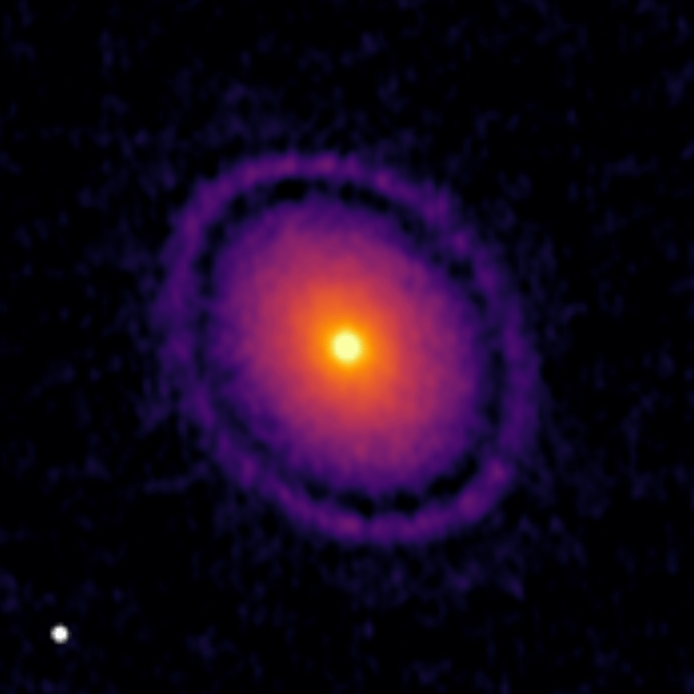
About Me
Since September 2023, I am a postdoctoral researcher at Leiden Observatory, working with Professor Ewine van Dishoeck within the MOLDISK project.
Although I originate from Devon, from 2015-2023 I lived in Cambridge, where I studied Natural Sciences for my BA and MSci degrees, specialising in astrophysics. I continued there to work on a PhD under the supervision of Professor Cathie Clarke.
I also enjoy doing outreach and public engagement; for several years was part of the committee of Cambridge Hands-On Science (CHaOS), a student-run group which runs hands-on roadshow events in schools and public events around the UK. In Leiden I am now involved with Astronomy on Tap.
In 2024 and 2025, I helped coordinate the Leiden/ESA Astrophysics Program for Summer Students (LEAPS).
In what spare time remains, I enjoy heading out into the countryside for long walks, or relaxing with a cryptic crossword.

Research
I study protoplanetary discs, where planets form around young stars. Currently, I am focused on the role of transport in setting inner disc chemistry, and comparing models of disc winds to observations.
Image of GW Lup: DSHARP survey (Andrews et al., 2018)
Read more about my research interests here
